Home>Gardening & Outdoor>Landscaping Ideas>What Will Kill Nutsedge But Not Grass
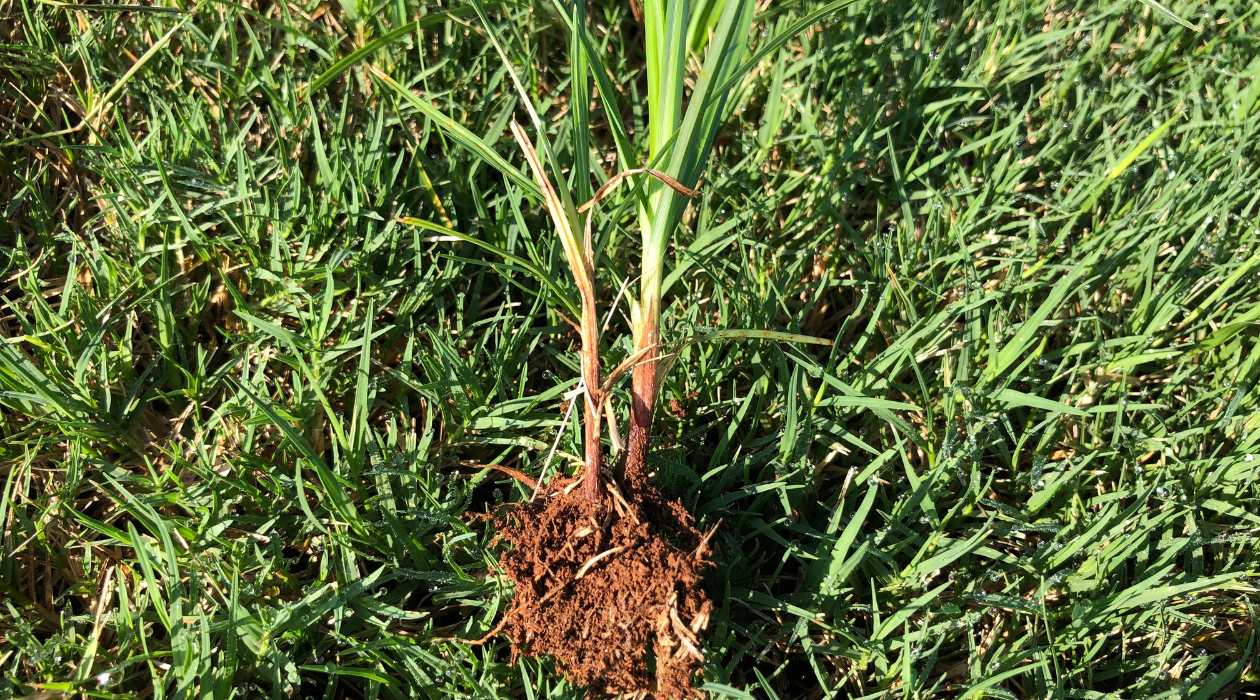

Landscaping Ideas
What Will Kill Nutsedge But Not Grass
Published: January 28, 2024
Discover effective landscaping ideas to kill nutsedge without harming your grass. Find expert tips and solutions for a healthy lawn.
(Many of the links in this article redirect to a specific reviewed product. Your purchase of these products through affiliate links helps to generate commission for Storables.com, at no extra cost. Learn more)
Introduction
Landscaping enthusiasts and homeowners alike take great pride in nurturing lush, green lawns. However, the presence of nutsedge can quickly turn this dream into a frustrating battle. Nutsedge, often referred to as nutgrass, is a persistent and invasive weed that can disrupt the uniformity and beauty of a well-maintained lawn. Its rapid growth, resistance to many traditional herbicides, and ability to outcompete desirable grass species make it a formidable foe for anyone seeking a pristine lawn.
In this comprehensive guide, we will delve into the world of nutsedge and explore effective strategies for controlling this resilient weed without harming the surrounding grass. By gaining a deeper understanding of nutsedge and discovering selective herbicides and non-chemical control methods, you can equip yourself with the knowledge needed to maintain a healthy and vibrant lawn. Whether you're a seasoned landscaper or a homeowner with a passion for maintaining a beautiful yard, this article will provide valuable insights into combating nutsedge while preserving the health and vitality of your grass.
Key Takeaways:
- Combat nutsedge with selective herbicides like sulfentrazone and halosulfuron-methyl, targeting the weed while protecting your grass. Integrated Weed Management combines chemical and non-chemical methods for effective, sustainable control.
- Non-chemical methods such as hand-weeding and mulching offer eco-friendly options to suppress nutsedge. Prioritize lawn health and early intervention to maintain a lush, weed-resistant lawn.
Read more: How To Kill Nutsedge Grass
Understanding Nutsedge
Nutsedge, scientifically known as Cyperus esculentus, is often misidentified as a grass due to its grass-like appearance. However, it is important to note that nutsedge is not a grass but rather a member of the sedge family. This distinction is crucial when formulating a targeted approach for its control, as traditional herbicides designed for broadleaf weeds or grassy weeds may not effectively combat nutsedge.
One of the key characteristics that sets nutsedge apart from grasses is its triangular stem, which can be felt by rolling it between your fingers. Additionally, nutsedge reproduces through underground tubers, known as nutlets, which can rapidly multiply and spread within the soil. These nutlets, along with the plant’s ability to produce viable seeds, contribute to its tenacious nature and make it a formidable adversary in the quest for a pristine lawn.
Another distinguishing feature of nutsedge is its rapid growth rate. In optimal conditions, nutsedge can outpace the growth of desirable grass species, quickly dominating the landscape and creating an unsightly patchwork in an otherwise uniform lawn. Its ability to thrive in moist or poorly drained soil further adds to the challenge of eradicating this persistent weed.
By understanding the unique characteristics and growth habits of nutsedge, you can better appreciate the complexities involved in its control. This insight will serve as a foundation for implementing targeted strategies that effectively address nutsedge infestations while safeguarding the health and vitality of the surrounding grass.
Challenges of Controlling Nutsedge
Controlling nutsedge presents a myriad of challenges for individuals striving to maintain a pristine lawn. Unlike many other common weeds, nutsedge is not easily eradicated through traditional herbicide applications. Its resilience, rapid growth, and unique reproductive mechanisms contribute to the complexity of managing its spread and minimizing its impact on the overall aesthetics of the lawn.
One of the primary challenges in controlling nutsedge lies in its underground tubers, or nutlets, which enable the plant to persist and resprout even after above-ground vegetation has been removed. This resilience means that simply mowing or pulling nutsedge may not suffice, as the nutlets can remain viable in the soil, ready to fuel new growth and perpetuate the infestation.
Additionally, nutsedge’s ability to thrive in moist or poorly drained soil further complicates control efforts. Areas with excessive moisture or inadequate drainage provide an ideal environment for nutsedge to flourish, allowing it to outcompete desirable grass species and establish a stronghold within the lawn.
Furthermore, the limited efficacy of traditional herbicides against nutsedge adds another layer of complexity to its control. Many broadleaf herbicides and grass-selective herbicides may not effectively target nutsedge, leaving homeowners and landscapers frustrated by the weed’s persistence and resilience.
These challenges underscore the need for a multi-faceted approach to nutsedge control, one that addresses its unique growth habits and reproductive mechanisms while minimizing the impact on the surrounding grass. By acknowledging and understanding these challenges, individuals can tailor their control strategies to effectively combat nutsedge and restore the beauty and uniformity of their lawns.
Selective Herbicides for Nutsedge Control
When confronting a nutsedge infestation, the selective use of herbicides tailored specifically for nutsedge control is often a crucial component of an effective management strategy. Selective herbicides are designed to target specific weed species while minimizing harm to desirable grasses, making them an invaluable tool in the battle against nutsedge.
One of the most widely recognized and effective selective herbicides for nutsedge control is sulfentrazone. This herbicide, available in both liquid and granular formulations, has demonstrated remarkable efficacy in suppressing nutsedge while minimizing damage to surrounding turfgrass. Sulfentrazone works by inhibiting the growth of nutsedge and disrupting its ability to compete with desirable grass species, ultimately leading to a reduction in nutsedge populations within the lawn.
Another selective herbicide that has shown promise in combating nutsedge is halosulfuron-methyl. This herbicide targets nutsedge while exhibiting a high degree of selectivity for many common turfgrass species, allowing for targeted control without compromising the health and appearance of the surrounding lawn. Halosulfuron-methyl effectively disrupts nutsedge growth and can provide long-lasting suppression when applied according to label instructions.
It is important to note that the selective nature of these herbicides is contingent upon adherence to application guidelines and rates specified by the product labels. Proper application, including timing and dosage, is crucial to achieving effective nutsedge control while safeguarding the well-being of the surrounding grass. Additionally, some selective herbicides may require multiple applications to achieve optimal results, particularly in cases of severe nutsedge infestations.
When utilizing selective herbicides for nutsedge control, it is essential to prioritize safety and environmental responsibility. Following manufacturer recommendations, including proper protective equipment and application procedures, is imperative to ensure the safe and effective use of these products. By integrating selective herbicides into a comprehensive nutsedge management plan, individuals can effectively target the weed while preserving the health and aesthetics of their lawns.
Consider using a selective herbicide containing sulfentrazone or halosulfuron to effectively kill nutsedge without harming grass. Always follow label instructions for best results.
Non-chemical Control Methods
For individuals seeking alternative approaches to nutsedge control or aiming to minimize the use of herbicides, non-chemical control methods offer valuable options for managing nutsedge infestations while promoting environmental stewardship and sustainability. These methods encompass a range of strategies that can be integrated into a comprehensive nutsedge management plan, providing effective control without relying solely on chemical interventions.
One non-chemical approach to nutsedge control involves diligent and targeted hand-weeding. While manual removal of nutsedge can be labor-intensive, it can be an effective method for addressing localized infestations and preventing the spread of the weed. When engaging in hand-weeding, it is crucial to ensure the complete removal of the nutlets, as any residual tubers left in the soil can lead to the reemergence of nutsedge plants.
Another non-chemical method for managing nutsedge is through the use of mulch or landscape fabric to smother and suppress weed growth. By applying a layer of organic mulch or installing permeable landscape fabric in affected areas, individuals can create an inhospitable environment for nutsedge, inhibiting its ability to proliferate and outcompete desirable grass species. This approach not only aids in weed suppression but also contributes to soil moisture retention and the overall health of the lawn.
Furthermore, adjusting cultural practices, such as mowing at the appropriate height and maintaining proper irrigation and fertilization, can play a significant role in reducing the vigor and spread of nutsedge. By promoting the health and density of desirable grass species, these cultural practices create conditions less conducive to nutsedge growth, ultimately contributing to a more resilient and weed-resistant lawn.
It is important to recognize that non-chemical control methods may require ongoing diligence and a multi-faceted approach to achieve sustained nutsedge suppression. Integrating these methods into an overarching weed management strategy can yield effective results while minimizing the reliance on herbicides and promoting a holistic approach to lawn care.
Read more: What Kills Torpedo Grass
Integrated Weed Management Strategies
Integrated Weed Management (IWM) offers a comprehensive and sustainable approach to addressing nutsedge infestations while promoting the health and vitality of the surrounding lawn. By integrating a diverse array of control methods and cultural practices, IWM aims to minimize reliance on any single strategy, thereby reducing the likelihood of weed resistance and enhancing long-term control efficacy.
One fundamental principle of IWM involves leveraging a combination of chemical and non-chemical control methods to target nutsedge from multiple angles. By incorporating selective herbicides tailored for nutsedge control alongside non-chemical approaches, such as hand-weeding, mulching, and cultural adjustments, individuals can create a synergistic and balanced approach to weed management.
Additionally, implementing preventive measures, such as promoting proper lawn health through regular fertilization, aeration, and overseeding, can bolster the lawn’s resilience against nutsedge encroachment. A dense and vigorous turfgrass stand is better equipped to outcompete weeds, including nutsedge, thereby reducing the likelihood of infestations and minimizing the need for intensive control measures.
Furthermore, targeted irrigation practices that promote deep root growth in desirable grass species while minimizing excessive moisture in the soil can create an environment less conducive to nutsedge proliferation. By optimizing irrigation schedules and addressing drainage issues, individuals can mitigate the conditions that favor nutsedge growth, contributing to sustained weed suppression.
Integrating IWM strategies also involves monitoring and early intervention to address emerging nutsedge populations before they become established and widespread. Regular inspection of the lawn for signs of nutsedge growth allows for timely intervention, whether through targeted herbicide applications or non-chemical control methods, preventing the weed from gaining a foothold and spreading throughout the lawn.
By embracing Integrated Weed Management, individuals can adopt a holistic and proactive approach to nutsedge control, addressing the weed’s unique challenges through a combination of targeted herbicides, non-chemical methods, cultural practices, and preventive measures. This multi-faceted approach fosters sustainable and effective weed management, ultimately contributing to the long-term health and beauty of the lawn.
Conclusion
Nutsedge, with its persistent nature and rapid growth, poses a formidable challenge for individuals striving to maintain a pristine and uniform lawn. However, armed with a deeper understanding of nutsedge and a diverse array of control strategies, homeowners and landscapers can effectively combat this resilient weed while safeguarding the health and vitality of the surrounding grass.
From selective herbicides designed specifically for nutsedge control to non-chemical methods such as hand-weeding, mulching, and cultural adjustments, there exists a wealth of approaches that can be integrated into a comprehensive nutsedge management plan. By embracing an Integrated Weed Management (IWM) approach, individuals can leverage the synergistic benefits of combining chemical and non-chemical methods, preventive measures, and targeted cultural practices to create a resilient and weed-resistant lawn.
Furthermore, prioritizing early intervention and ongoing vigilance allows for the timely detection and management of emerging nutsedge populations, preventing the weed from establishing a stronghold within the lawn. By fostering a proactive approach to nutsedge control, individuals can minimize the reliance on intensive herbicide applications while promoting a sustainable and environmentally conscious approach to lawn care.
Ultimately, the battle against nutsedge is a multifaceted endeavor that demands a tailored and holistic approach. By integrating the insights and strategies presented in this guide, individuals can equip themselves with the knowledge and tools needed to effectively manage nutsedge infestations and restore the beauty and uniformity of their lawns. Whether through selective herbicides, non-chemical control methods, or the principles of Integrated Weed Management, the pursuit of a lush and vibrant lawn can be realized while successfully combating the challenges posed by nutsedge.
With a commitment to proactive management and a diverse toolkit of control strategies, individuals can transform the daunting task of nutsedge control into a rewarding and achievable endeavor, ultimately reaping the rewards of a healthy, thriving lawn.
Frequently Asked Questions about What Will Kill Nutsedge But Not Grass
Was this page helpful?
At Storables.com, we guarantee accurate and reliable information. Our content, validated by Expert Board Contributors, is crafted following stringent Editorial Policies. We're committed to providing you with well-researched, expert-backed insights for all your informational needs.
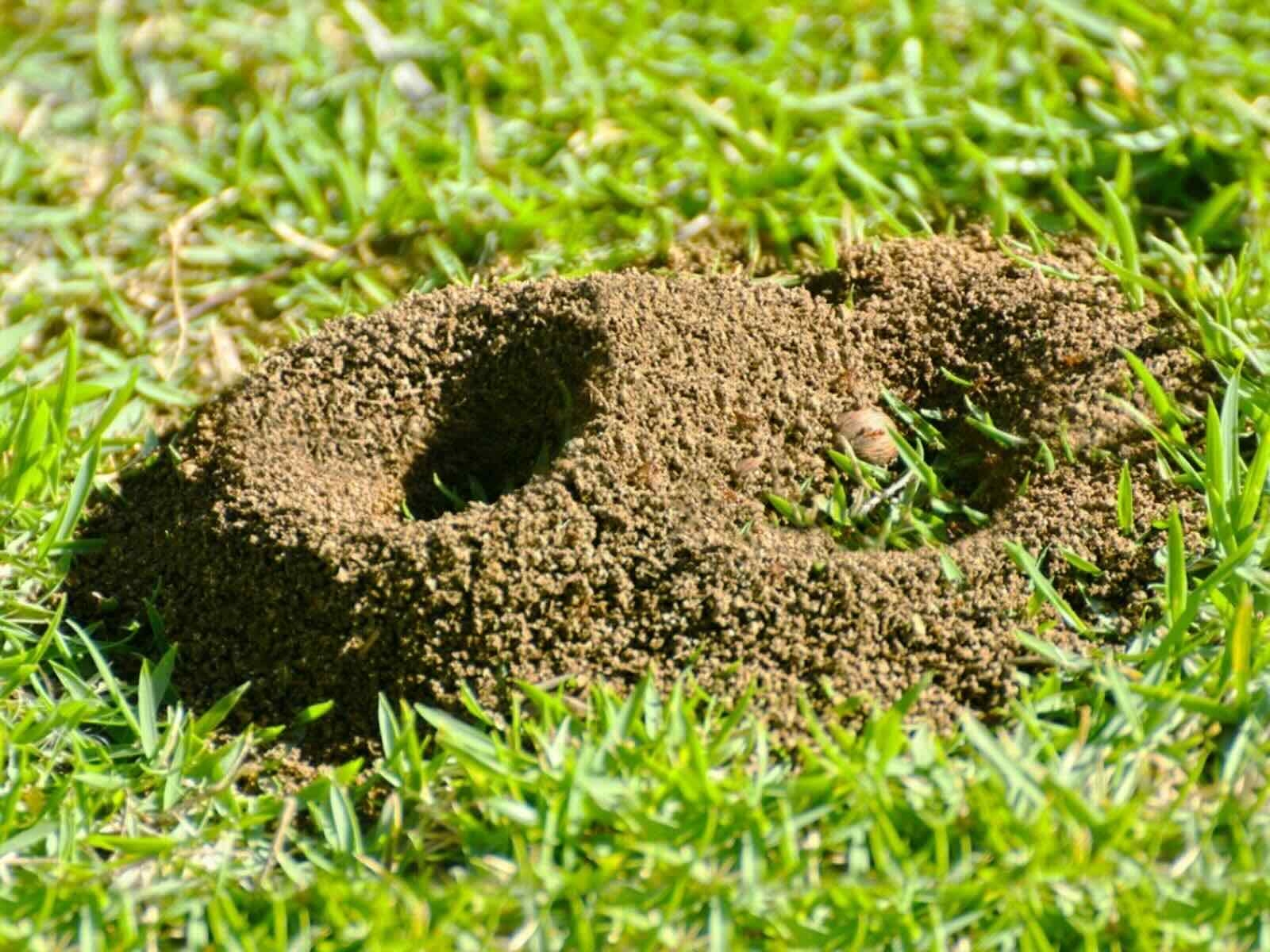
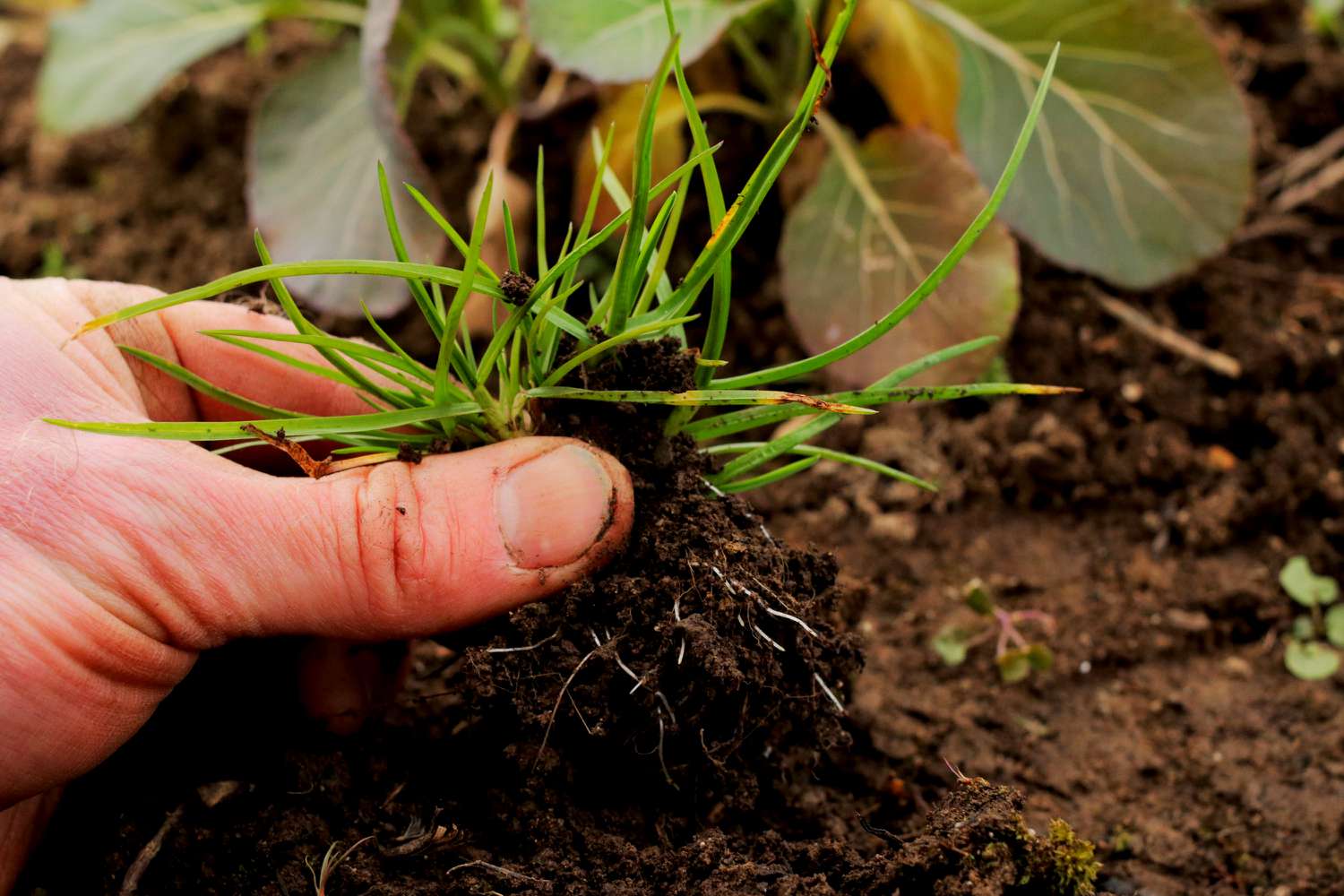
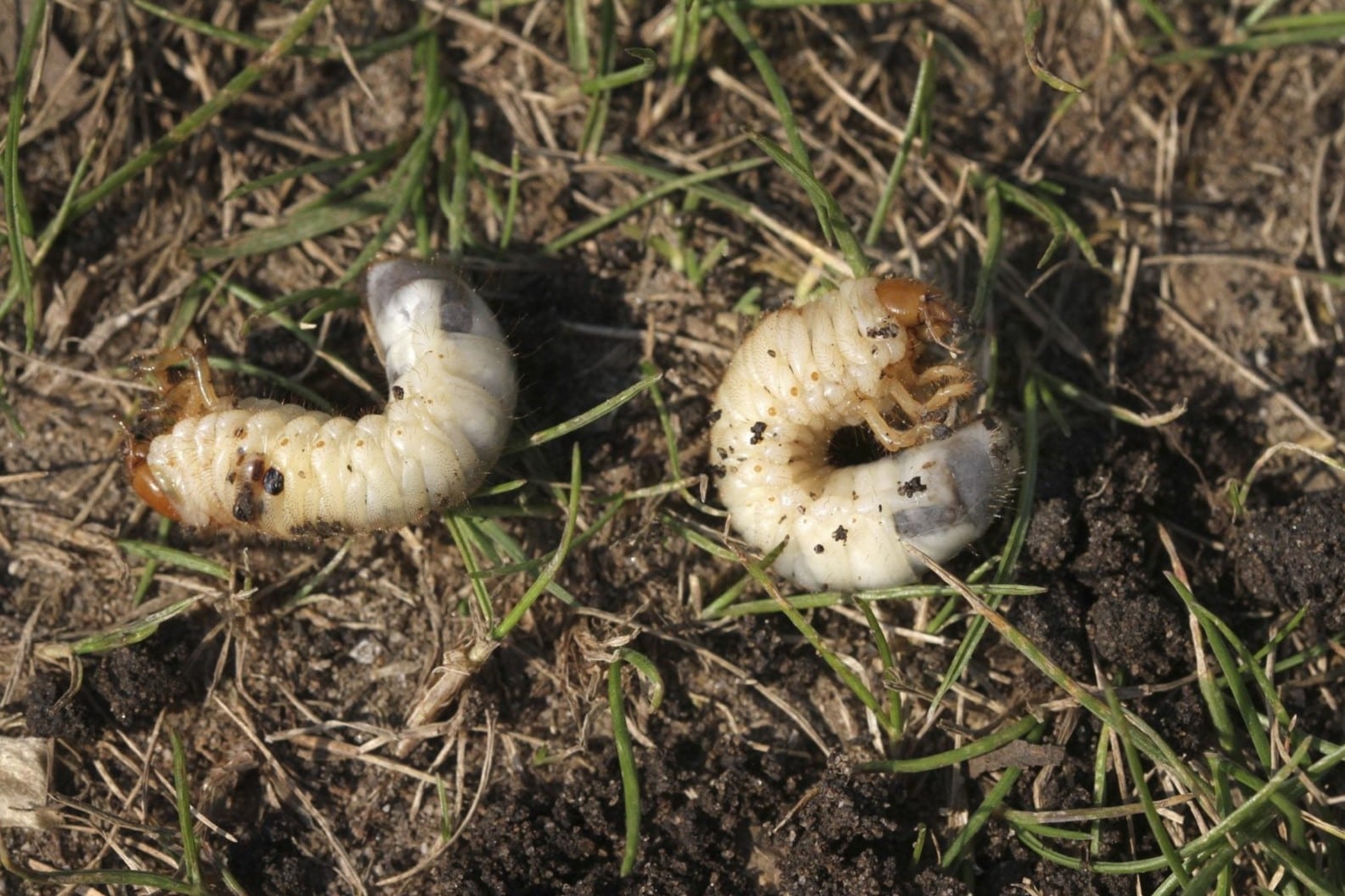
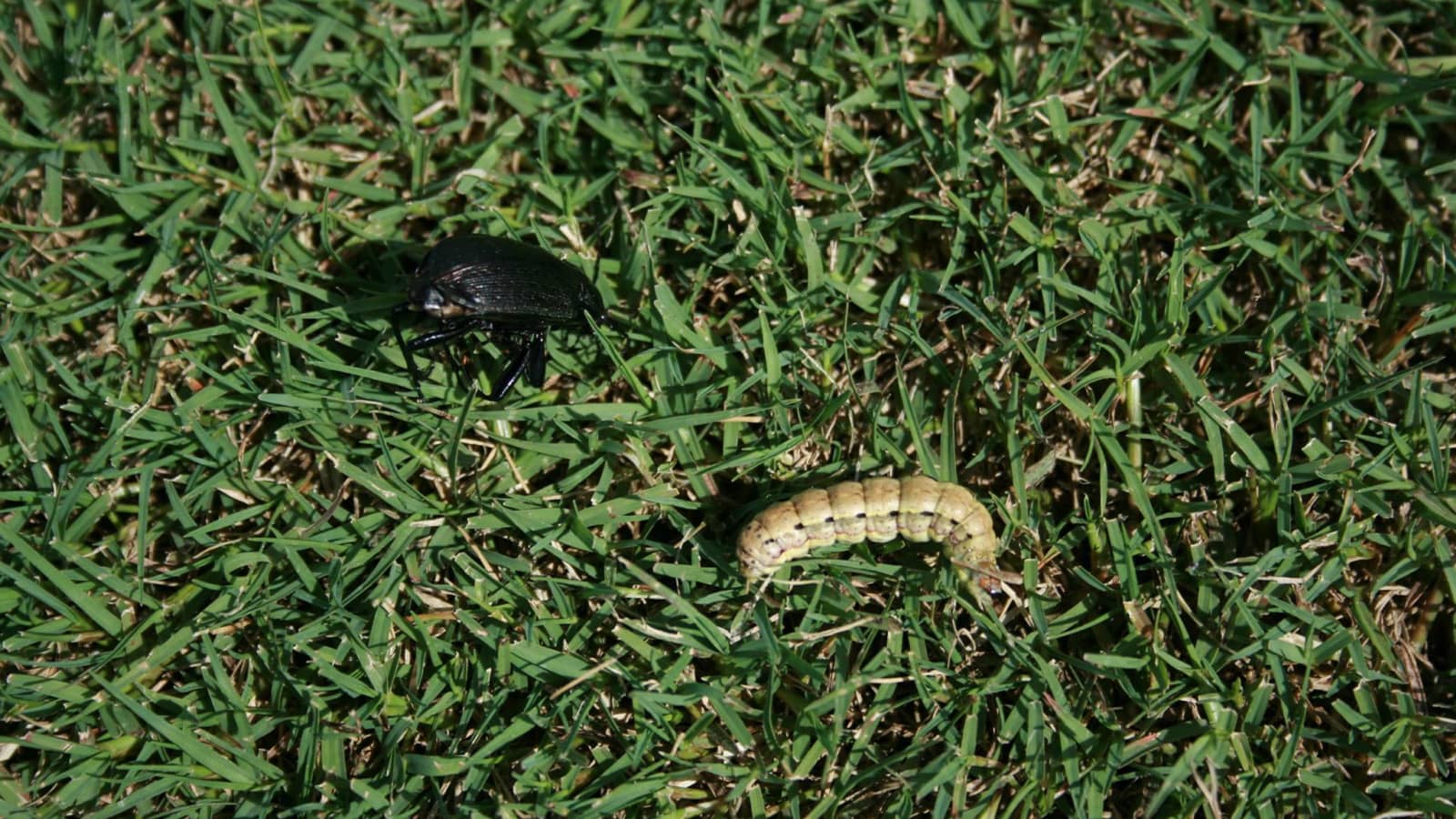
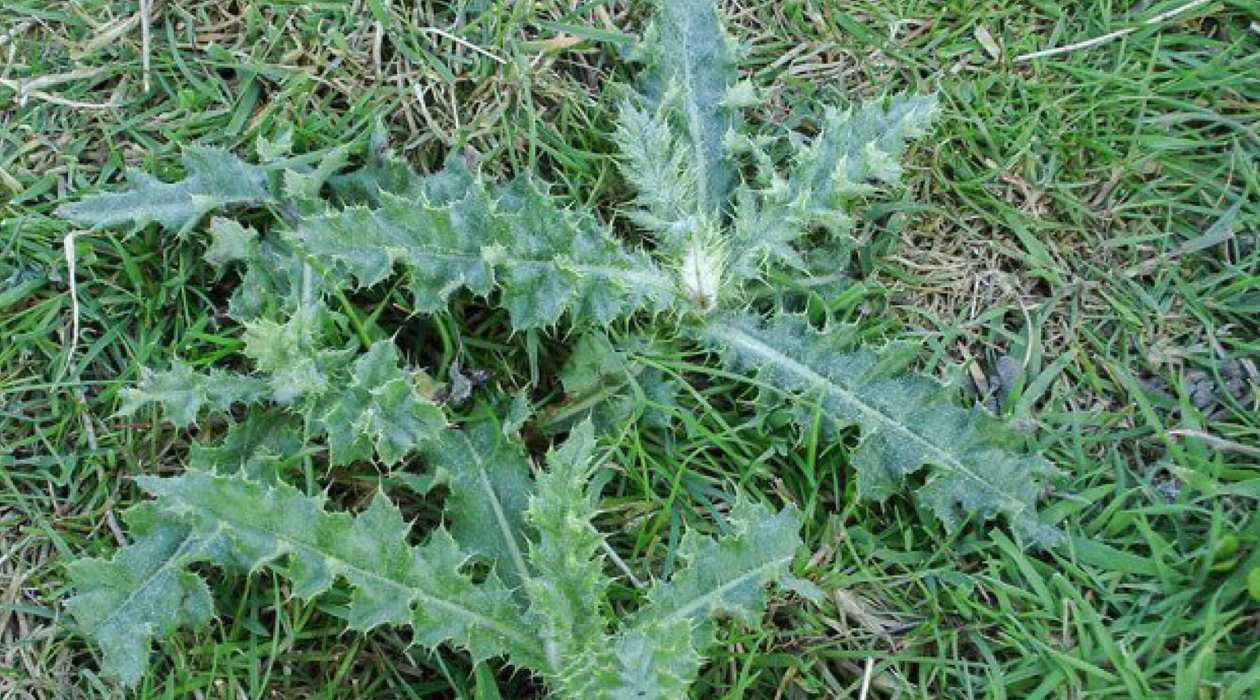
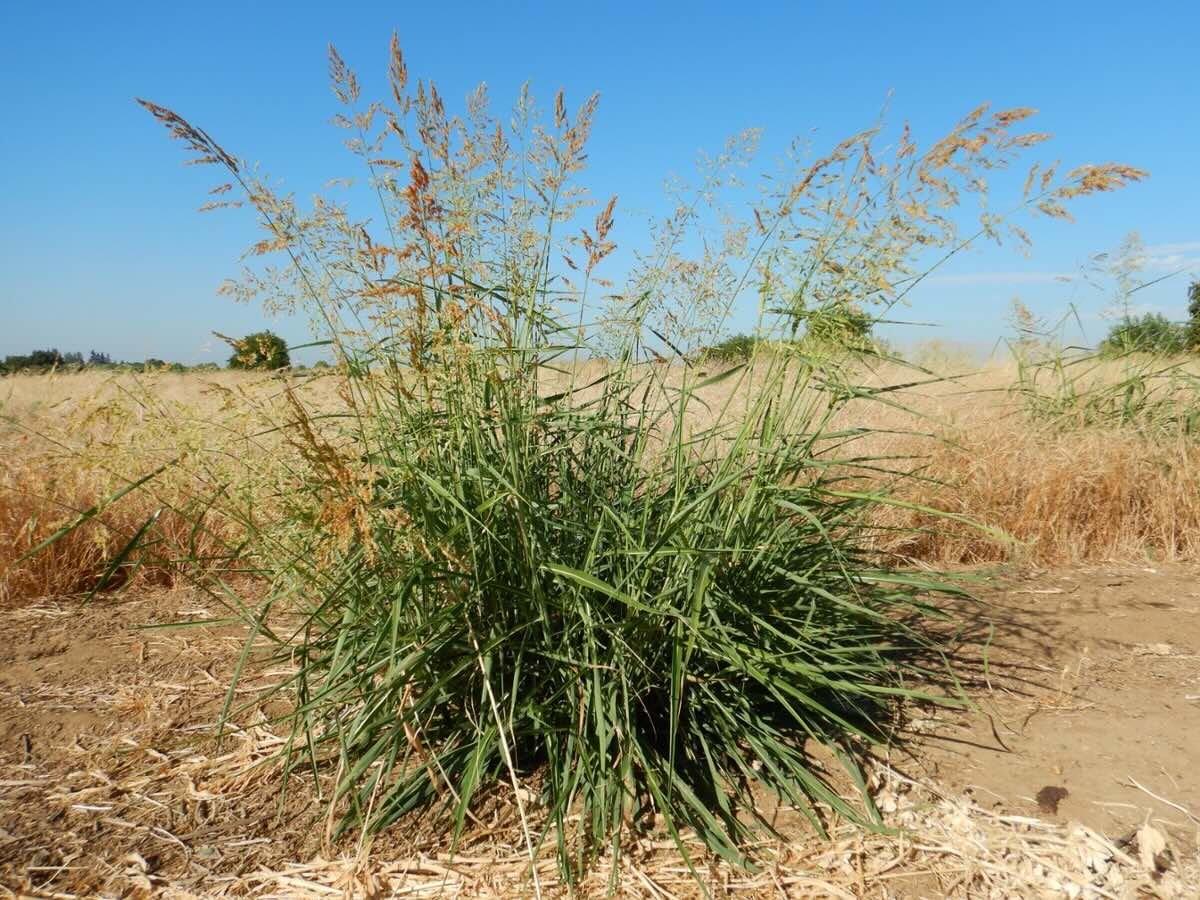
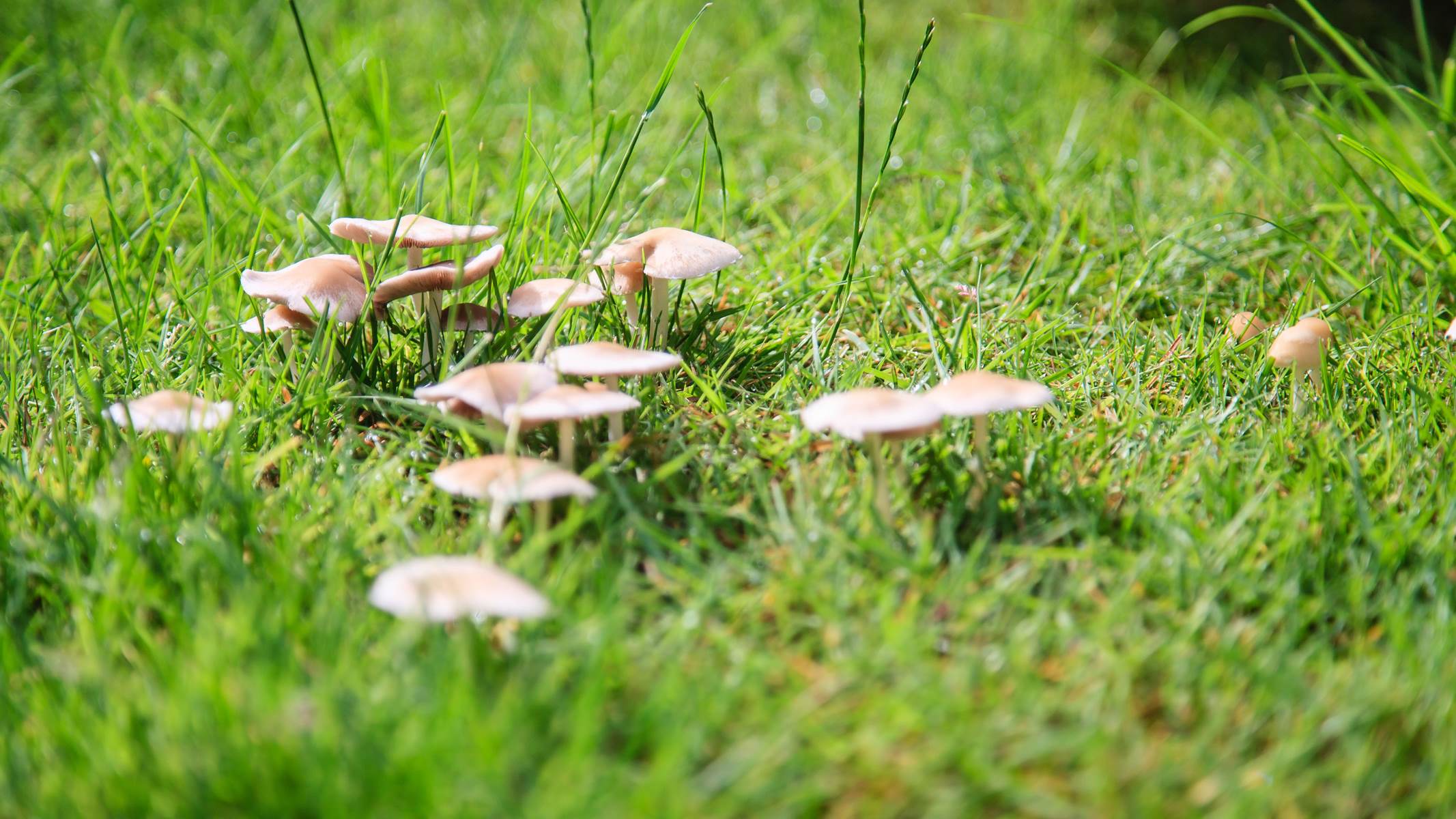
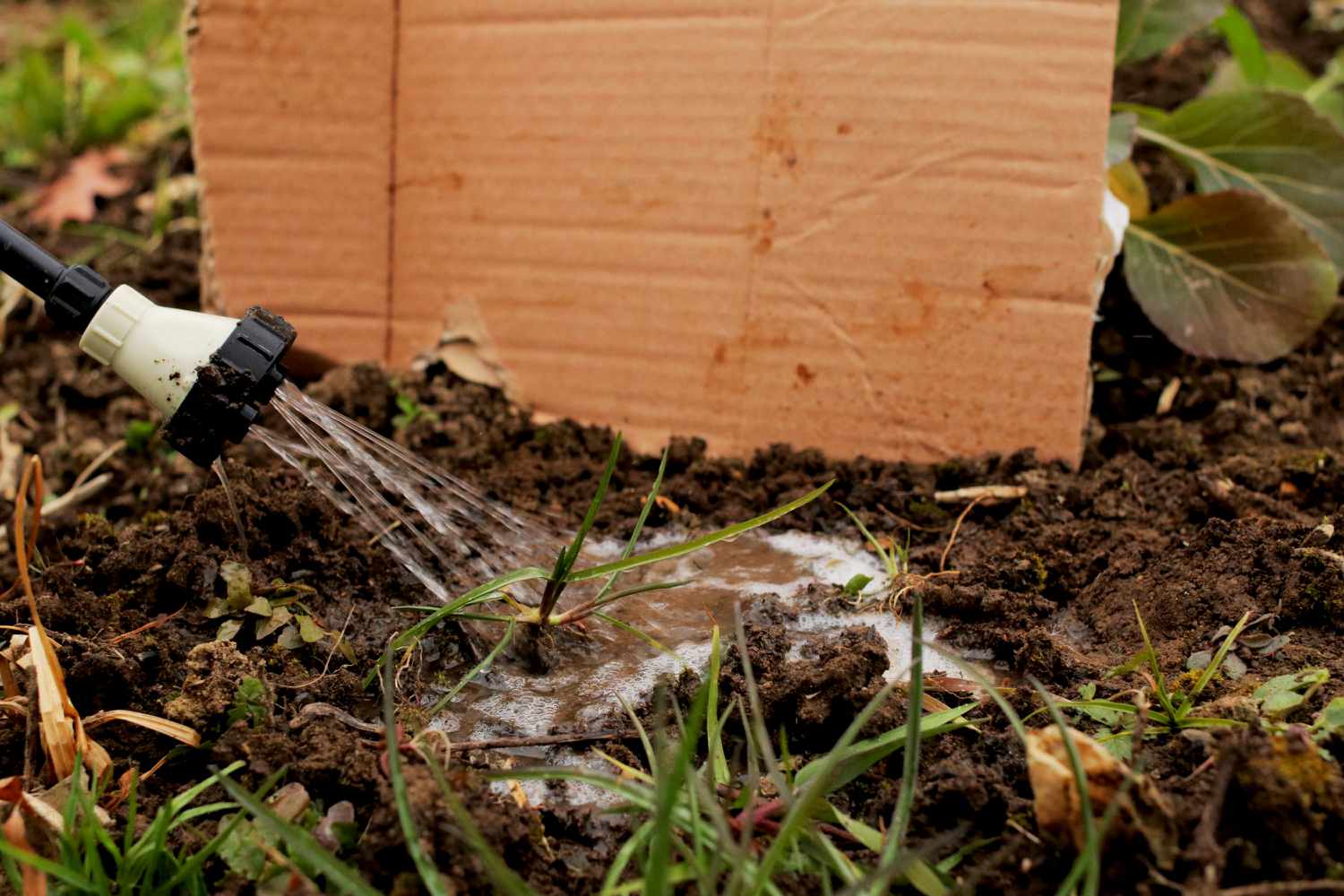
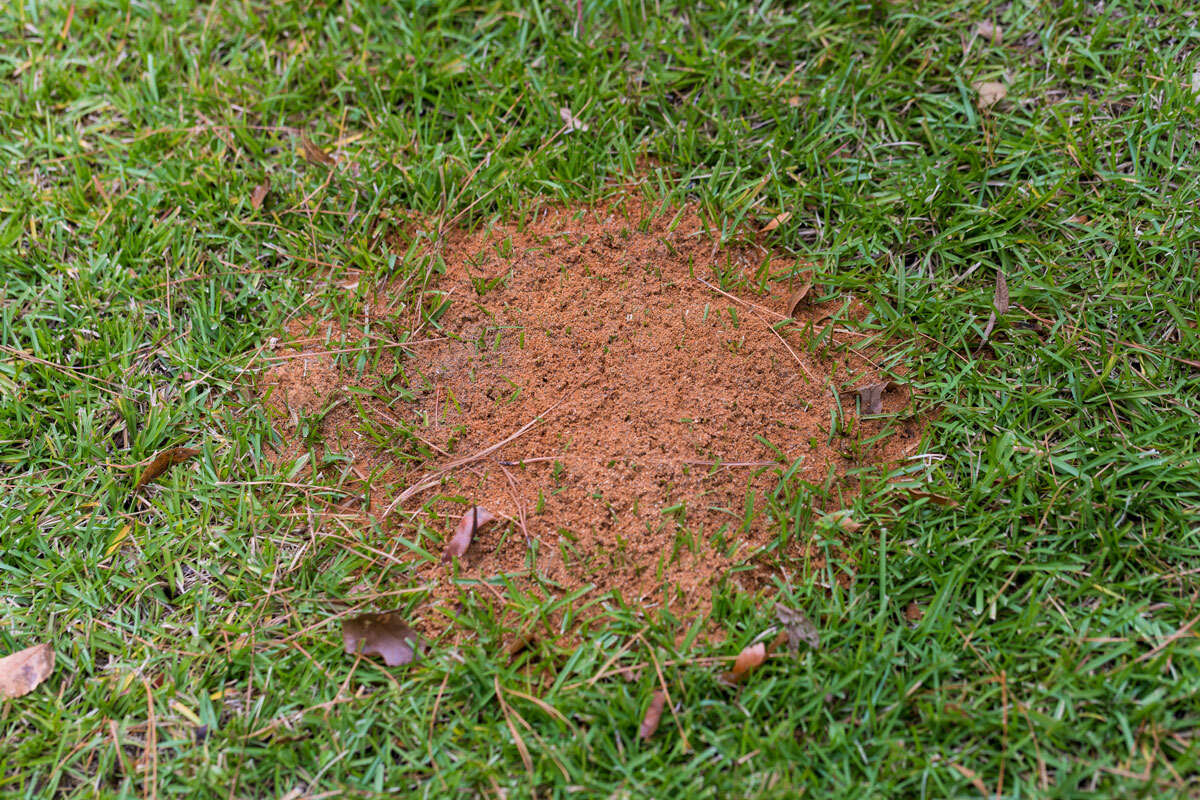
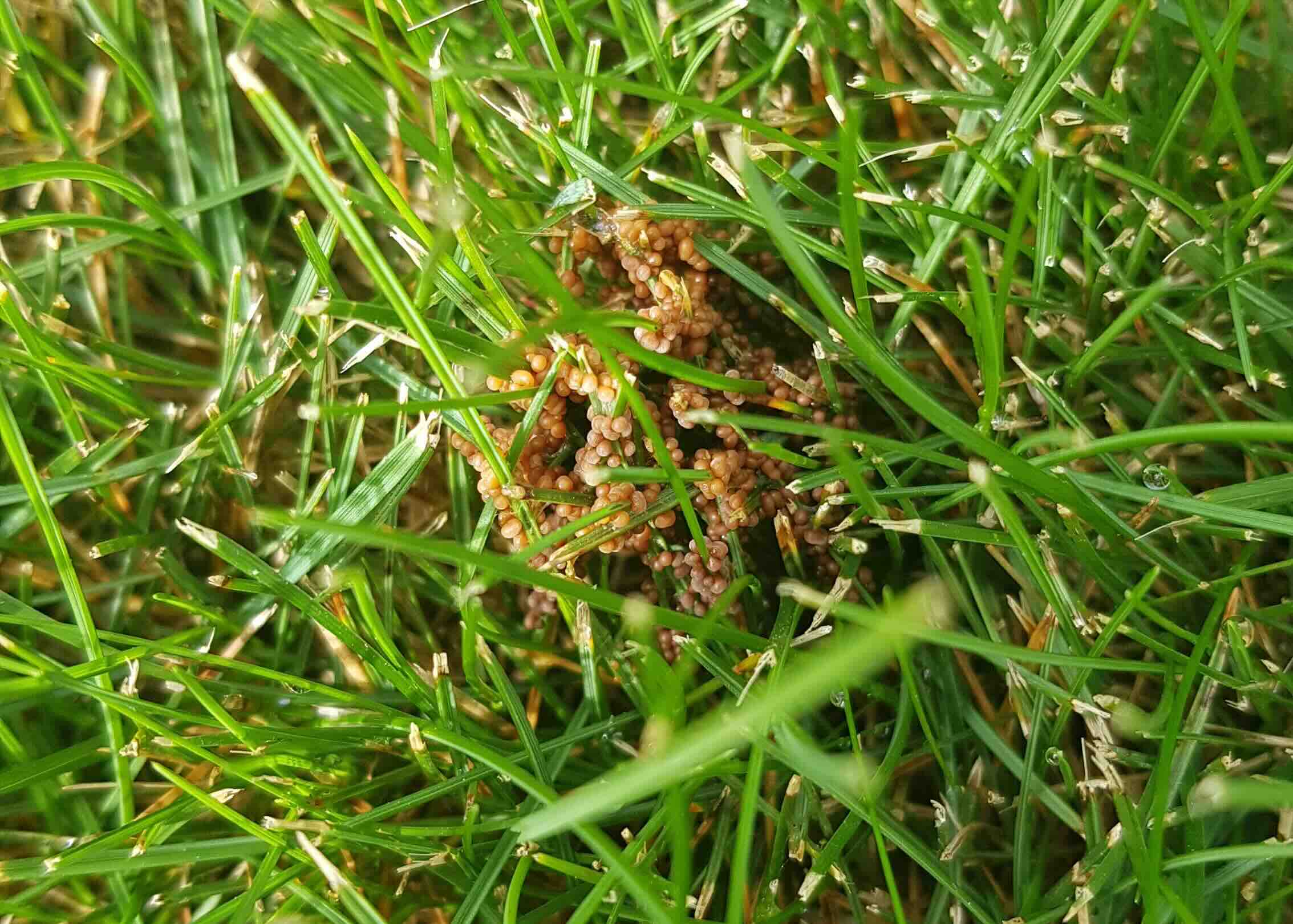
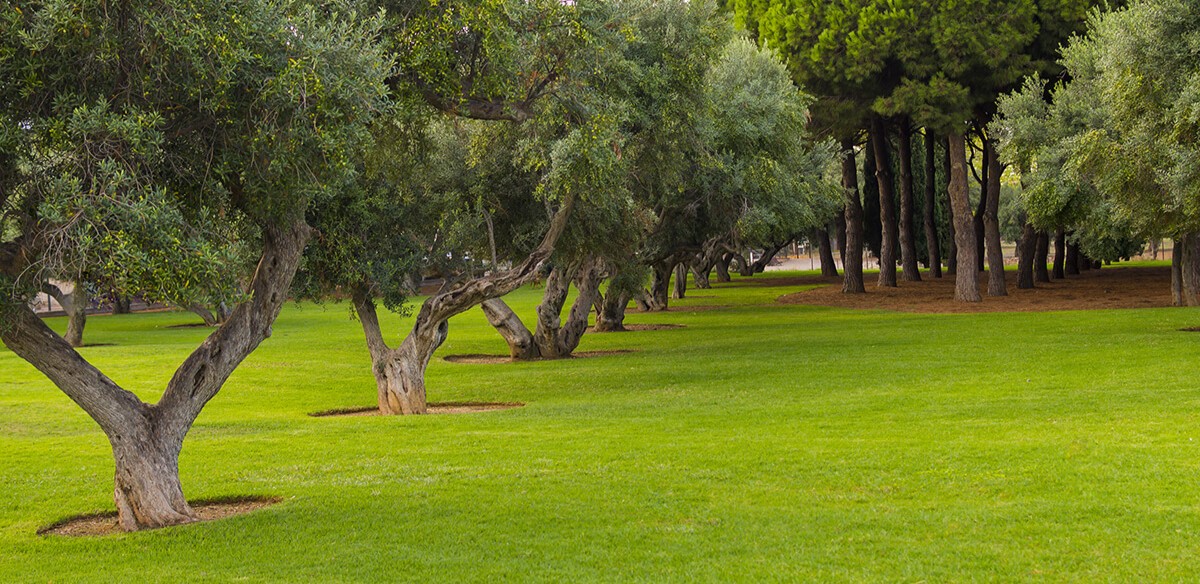
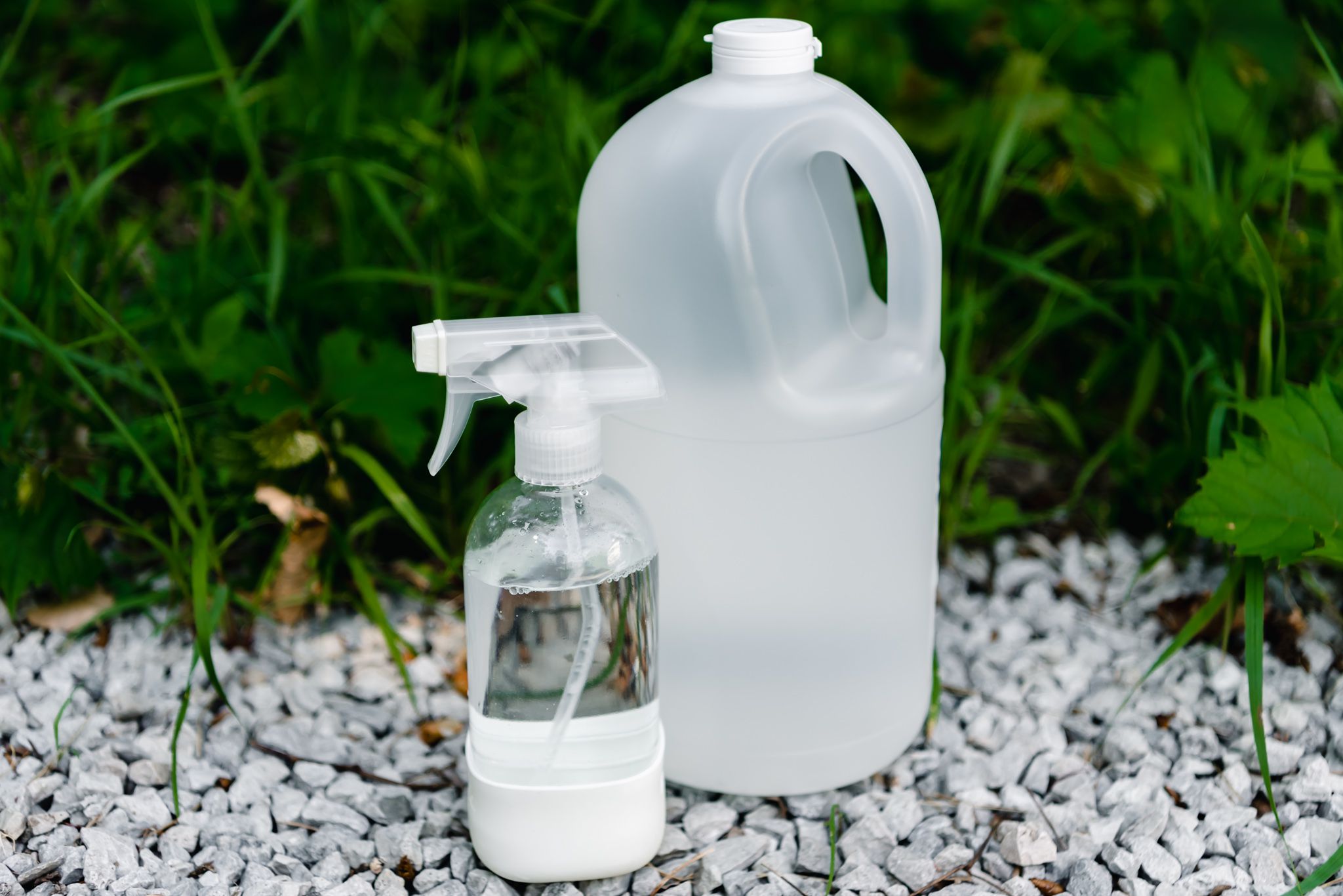
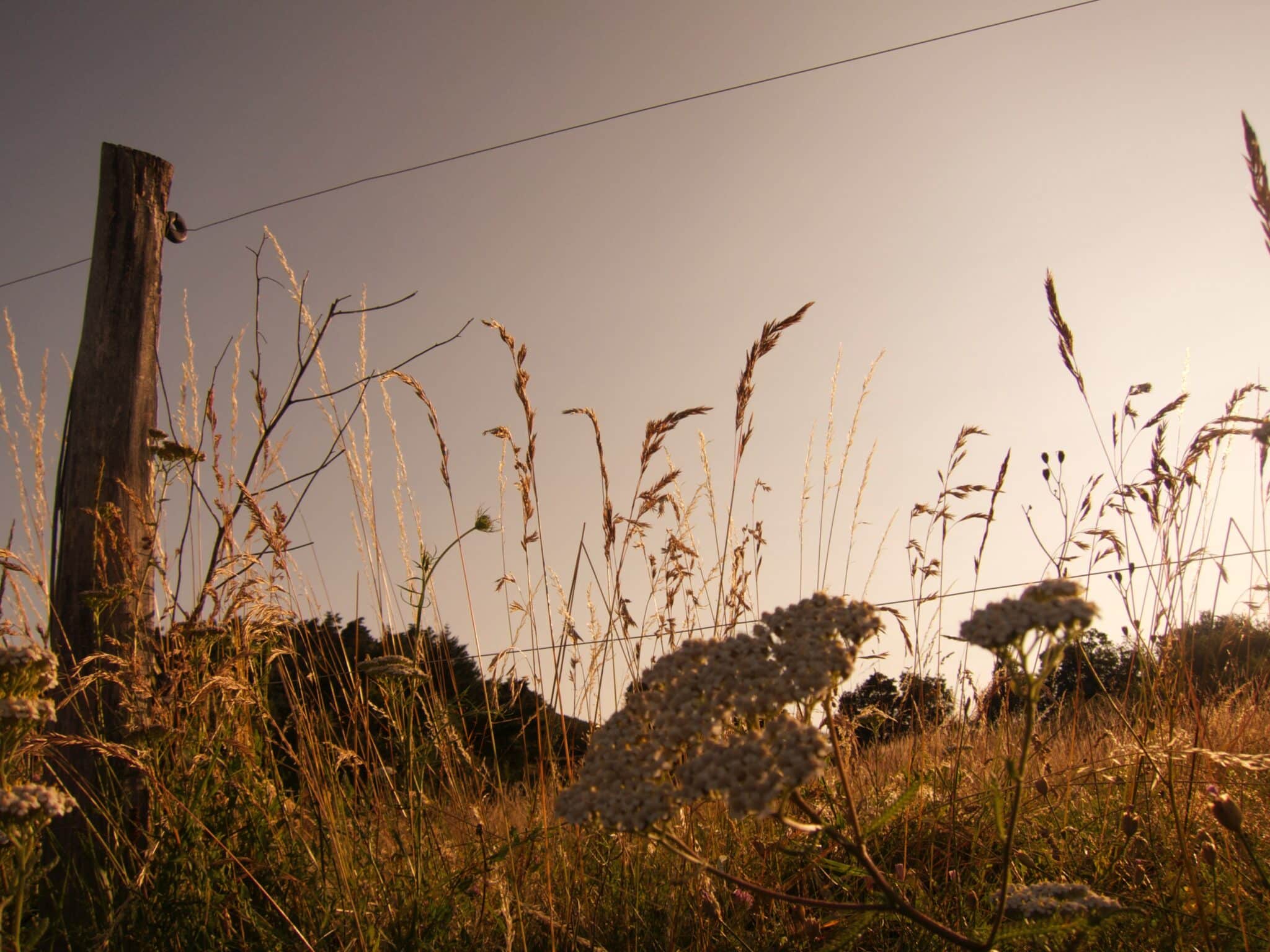
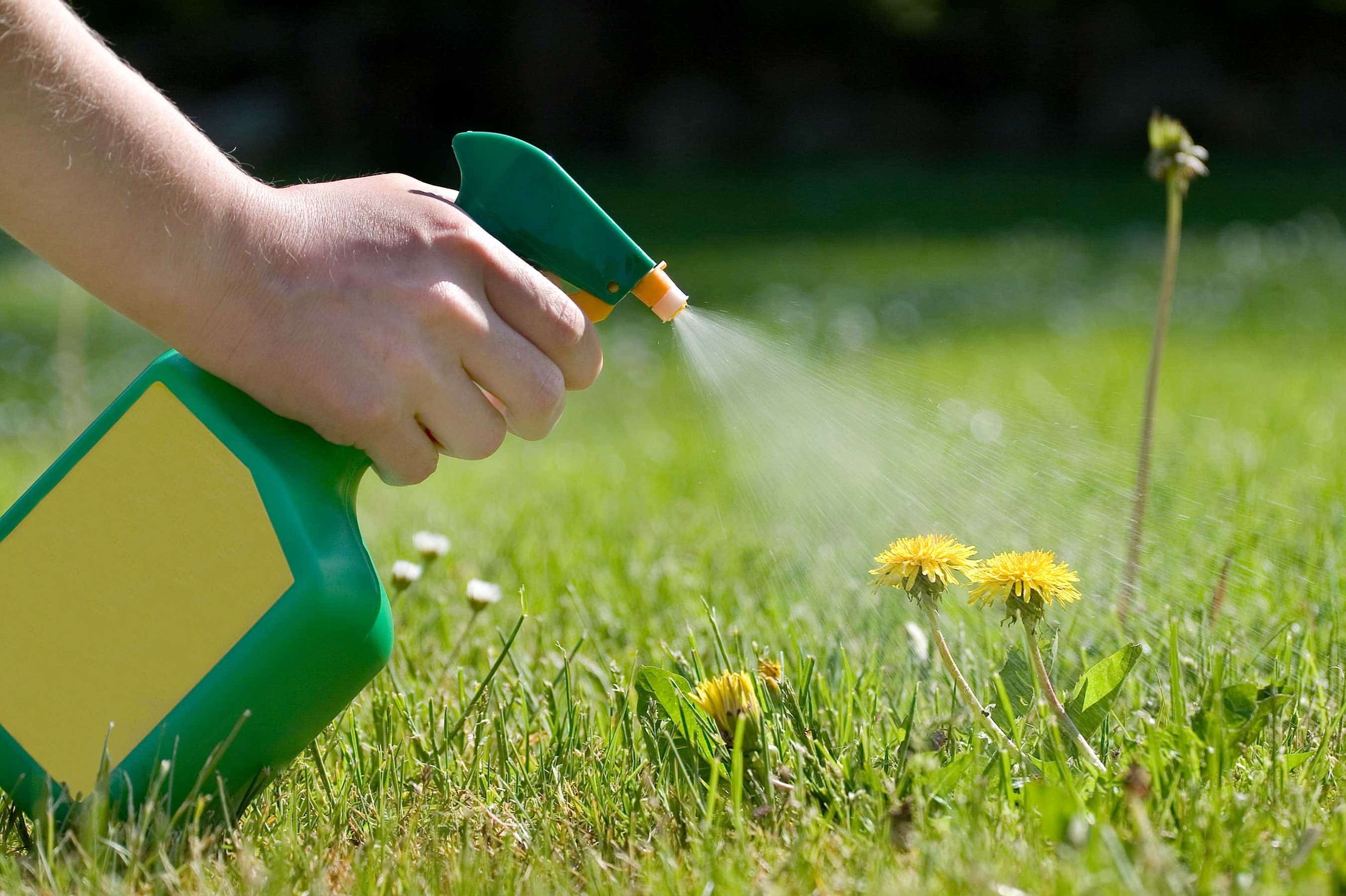

0 thoughts on “What Will Kill Nutsedge But Not Grass”